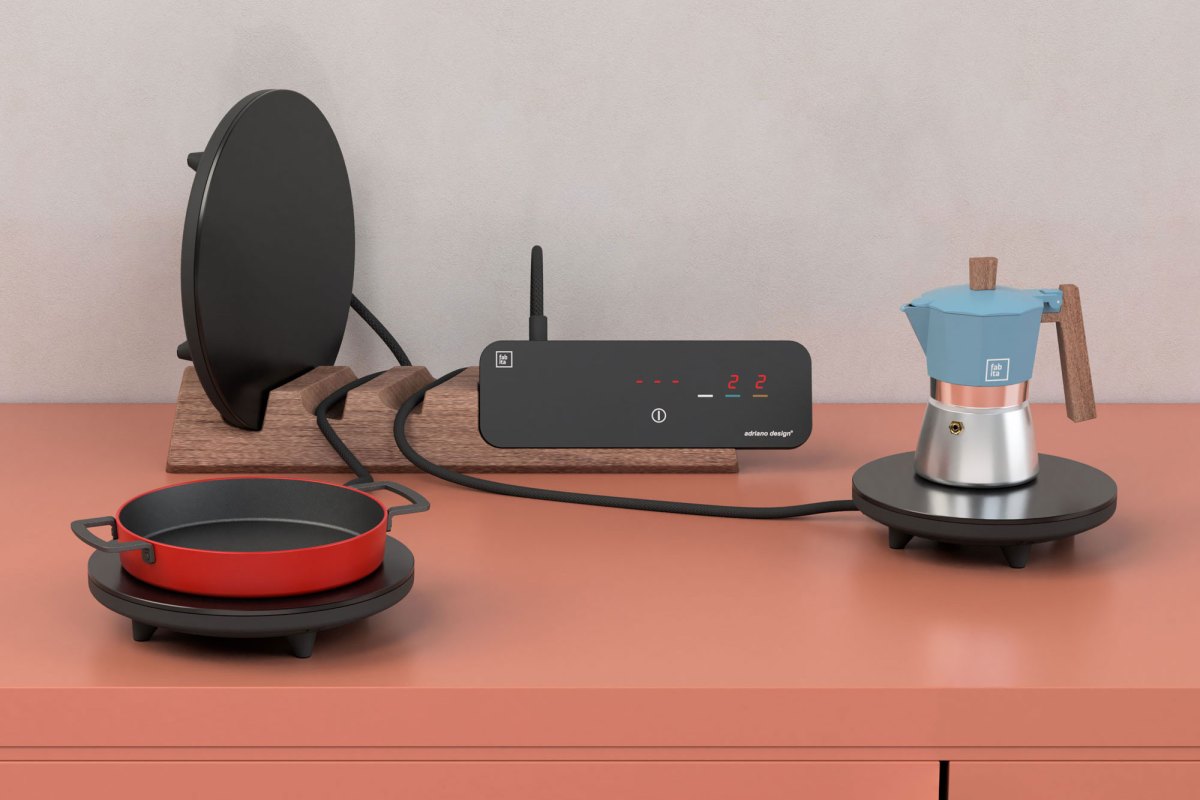Flip through a random slideshow on Architectural Digest, and chances are you’ll see a kitchen with a massive range as the centerpiece. They usually have at least six gas burners, ideally two or more ovens, and enough cooking grates to look like a family of arachnids died atop a 19th-century bank safe.
Over the last decade or so, “statement” ranges have become a fixture of high-end kitchens. They’re archaic-looking enough to evoke a sort of nostalgia, and their scale is overwhelmingly large enough to play into people’s fantasies that they have time and energy to cook elaborate, multicourse meals, the kind where you’d actually need to use more than four burners at once.
They’re sold as professional-style ranges, but the irony is that many high-end restaurants have already relegated open flames to a corner of their kitchens.
Instead of a long line of blue-flamed gas burners, they’re turning to portable induction hobs that chefs can move around the workstations at will.
The trend arguably started in the mid-2000s. Grant Achatz was an early adopter, and it influenced the kitchen design for Alinea, his then-new restaurant in Chicago.
